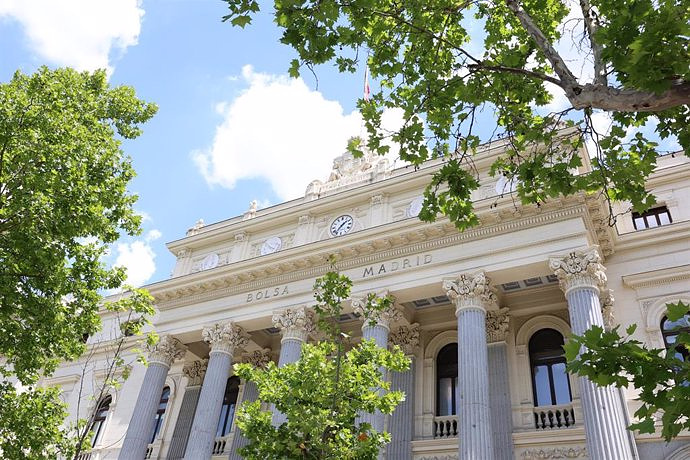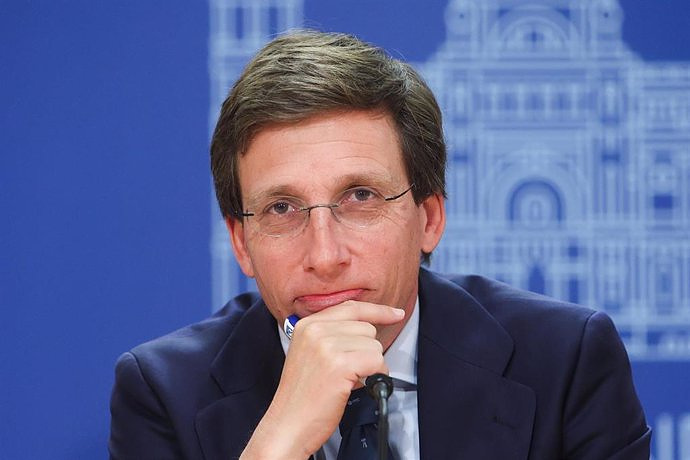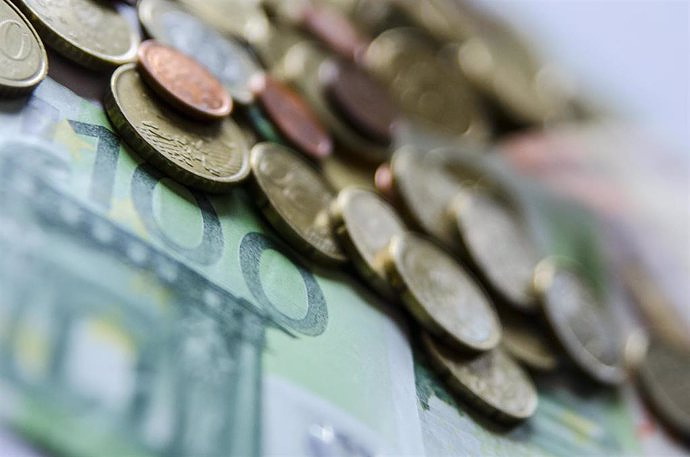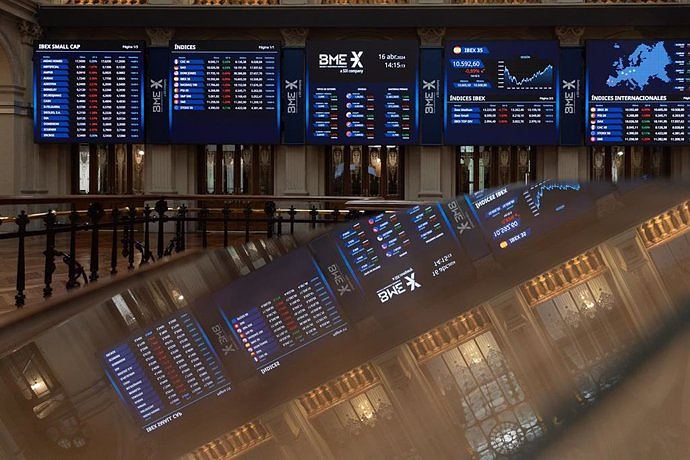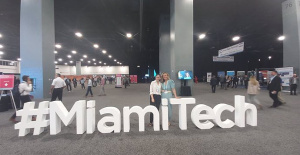In the last few years we have had new massive waves of the introduction and acceptance of crypto-currency experienced - you can with Bitcoin now for almost pay for everything from coffee to real estate. But the ideas were in the Community, always on the money and there was still so much potential for decentralized digital Coins. A history of Sabre - a Brazilian complementary currency project, which was developed in the early 2000s, in order to promote the education and training system, is an important example of the social potential. We tend to forget this, while we try with the exchange rates to keep pace.
Brief history of complementary currencies,Complementary currencies (CCs), and community currencies are basically an Alternative (or even complement) to conventional money. Their purpose is usually to strengthen the local economy in times of recession, by additional transactions stimulated and thus, the economic cycle will be reached, driven, or certain social, environmental or political goals.
In most cases, CCs is not legal tender - i.e. you are not accepted on a national level; you can't buy everything - they only work as money similar medium of Exchange for certain purposes in a limited area. Theoretically, CCs should stimulate the local economy and encourage people to act together in an intelligent way. Although the replacement of conventional money and the Undermining of the national currency is not usually the goal of a complementary currency, seems to be the state to struggle, often against the idea. This model has made a reputation as an Experiment and is not considered a best practice.
The first complementary currencies can be traced back to ancient Egypt, where the Locals Orakas - were the potters, used, acted as receipts for the harvest of the farmers. These pieces could be for local services traded. Just as people in medieval Europe regularly bracteates jewelry pieces - for new coins exchanged. However, always with a deduction. The System should prevent people from hoarding coins, and you out of the financial cycle. This has, in turn, increases the speed of the regular money.
In recent history, appeared to CCs in the first half of the 20th century. Century. One of the most considerable examples of the Free-economic-Experiment from the Wära in Germany. The Wära was a currency that was introduced by Hans Timm and Helmut Rödiger, followers of the German businessman, theorist, and anarchist Silvio Gesell. In the experiment, the Wära banknotes were printed in denominations of 1/2, 1, 2, 5 and 10 Wära (a Wära corresponded to a REICHSMARK) to support the economy of the mining town of Swan churches spent. This city suffered from massive unemployment. How Otrakas in ancient Egypt and bracteates in medieval Europe, the Wära was a circulation safeguard fee-subject to a currency, which means that on each Banknote a monthly fee of one per cent of their nominal value was raised. This prevented Swan-Church citizens kept the currency and from the active circulation kept. The currency also had benefits for the user: For example, people who bought coal (the main product of the local economy) with Wära were given a discount.
In the course of the experiment, the Wära enabled, that local services continue to run, although the national currency was scarce. The result of newly created jobs and paid taxes. The program ended abruptly: the Ministry of Finance of the Kingdom banned the currency, and the city returned to its previous dilapidated state.
Similar experiments were carried out at this time also in other countries, local currencies have been used in Wörgl, Australia (1932-1934), Alberta, Canada (1936) and in the United States during the world economic crisis.
The Saber-ExperimentIn 2003, the Belgian Economist Bernard Lietaer has worked with the Brazilian Professor Gillian Schwartz of the University of São Paulo, who had previously worked as an Economist for various public and private financial institutions like the Bank of Boston. A proposal for a complementary currency, the Saber, was prepared and the government in Brazil is presented.
The Saber should help the Brazilian schools to offer more educational opportunities, "without new financial pressure on the economy". The training has been developed vouchers to start an important "learning multiplier". Thus, a certain amount of money should provide a good learning performance for a larger number of students. In other words, the Ministry of education Sabers would distribute to schools, in business districts, where there are normally no means for a higher education. Local students from the age of 7 years were given a certain number of Sabers on the condition that they choose a Mentor among the older students (you can later earn more Sabers by giving these lessons for 5 Sabers per hour). In the end, if you are 17 years of age and complete their schooling, you can use the accumulated Sabers to pay the tuition fees (in whole or in part, depending on the available sum).
Alone already sounded the idea of an Alternative to the local currency rather controversial. Schwartz recalls during a Skype call with Cointelegraph:
"pioneers are doomed to see the other side of the Jordan river, but never make it there. Maybe I explored too early, the concept of creative currencies, but it is not anybody's idea, but to the spirit of the times."
The Brazilian government rejected the project in the verification phase. Since Schwartzs Team worked 18 years ago for the first Time at CCs, however, has done a lot of things. Now the rise of Bitcoin offers more room for experimentation in the area of Finance. Schwartz said:
What comes next? A global creative crypto currency for the global promotion of education, culture and the arts"I, there is a learning curve for all. Now banks and some ministries to discuss the private at the Federal level here about the Blockchain technology. The stock exchange of Sao Paulo was in this respect, one of the pioneer institutions.
Now it will be easier to explain to my partners, local leaders, or young people, what could be a creative currency. Because there is the Bitcoin, and all this current discussion. This would have taken place 10 or 15 years ago, they would have been totally out of the question - how can you dare at all to replace a real currency?".
Currently works for Schwartz on the creation of a CC, which is nationally - the project was launched last November in Brazil, but is still in the initial phase. "For us, a monetization platform for creative processes, which already exist in our society is missing. The world should be democratic instead of autocratic and technocratic," he says, and emphasises at the same time, the popularity of technologies such as mass surveillance in modern society, as well as the fluid stability of the world currencies in the last few decades. All of these things strengthen the state.
The platform called DarVoz was inspired by the Agenda of the MIL CLICKS of UNESCO (a project, the Schwartz 2006). This is based on the idea that a responsible consumption and production of Online content worldwide could be with digital currency rewards. The Professor explains:
"We are working on the idea that we can share digital Toolkit, the creative currency. This is a concrete example of this idea of a large creative Community, which is used by universities, artists, and citizens for a completely new sphere for the exchange of information and local development. Although governments are not involved, this idea is not against governments.
Why to spend a new Coin, as long as it is in the world seems to be so easy. A world in which even Memes are almost randomly to successful currencies? According to Schwartz, is contrary to the whole idea speaks to the. "It makes no sense to not rely on an Initial Coin Offering (ICO), if you have the other ICO: the Initial Community Organization. You must first establish an organic link between the Community and the currency. This is not to say that we want to hundreds of new ICOs, but in a currency system, is in the process of diversity is an important part of the dynamics. The currency should really be complementary and not in competition against the existing currencies and infrastructures. We are not rowing back in terms of globalization - that is what advocates of trade barriers. Instead, we go on to more inter-connectivity, but with a balance between the technological and the humanitarian".
He acknowledges the fact that conservative governments in the world would not be particularly happy about the idea that a regular, state-recognized currency in any Form can be replaced by a decentralized. Therefore, Schwartz is looking for support in more open institutions: universities, research groups, and Outreach projects.
"so Far, we don't have enough support... there is a financing problem," admits Schwartz: "in Order to develop something of a running currency, trust is required. In order to get this confidence, you need to be as an institutional body or as an organization to be trustworthy. We were able to convince political decision-makers". DarVoz, however, has found an alternative solution: Currently, Schwartz and his Team to discuss your concept with other universities around the world: "In this way, we should be able to have a global social currency, the various cultural and educational projects connecting to each other".
crypto-technologies and transparencyTo this currency operate, requires DarVoz a platform. The Schwartz Team is currently negotiating with Holochain, which is an Open-Source Framework for Peer-to-Peer applications. "We'll set up a Meeting with their Team and at the end of March for a Brainstorming session. But the political Situation in Brazil at the Moment is very unstable. In the 21 years that I have worked with these projects at the University of São Paulo, this is the worst time," laughs the Professor. A little caution would not hurt, believe Schwartz:
"It is important to have an open dialogue with the Central Bank about what kind of currency this is and which area it is connected to... nowadays, all sorts of walls to be built. So, as you would end up back in the middle ages".
the purpose of The currency is part of its value. Unlike regular currency, which can be according to Schwartz "for anything useful - with regular money you can buy weapons, or a glass of water". His Team strives to be as transparent as NGOs. The activities within the currency need to be absolutely comprehensible to be able to monetize them. Such digital records in a Blockchain-like basic structure of the currency held are:
"That develops naturally in the public sphere of shared audio-visual content ... let's Say you have a lesson with 15 children in Bolivia, held in and around the Church garden taken care of. Connect with the global network and share the records of your activities... It is Essential that you convert to a democratic platform of Knowledge in the recognition".
Despite the complexity of his concept and little interest on the part of political decision-makers and investors, it remains Schwartz is optimistic. "This is a learning process. It is not a question of the currencies, but rather, that countries will reach a new level of Understanding, you can compare at least with the post-war consensus on social security. We are probably in the last phases of the crisis. A new consensus is very likely, since we have a lot more tools that we discuss, share, and should take advantage of. On the other hand, however, these tools can also be used to control, censorship and suppression. You can cut a knife to kill or bread and share."

 Exploring Cardano: Inner Workings and Advantages of this Cryptocurrency
Exploring Cardano: Inner Workings and Advantages of this Cryptocurrency Seville.- Economy.- Innova.- STSA inaugurates its new painting and sealing hangar in San Pablo, for 18 million
Seville.- Economy.- Innova.- STSA inaugurates its new painting and sealing hangar in San Pablo, for 18 million Innova.- More than 300 volunteers join the Andalucía Compromiso Digital network in one month to facilitate access to ICT
Innova.- More than 300 volunteers join the Andalucía Compromiso Digital network in one month to facilitate access to ICT Innova.-AMP.- Ayesa acquires 51% of Sadiel, which will create new technological engineering products and expand markets
Innova.-AMP.- Ayesa acquires 51% of Sadiel, which will create new technological engineering products and expand markets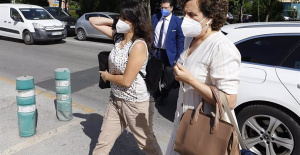 Juana Rivas's legal team manages to repeat the trial "that separated the brothers" in Italy
Juana Rivas's legal team manages to repeat the trial "that separated the brothers" in Italy The New York Justice annuls Harvey Weinstein's conviction for sexual crimes and orders a new trial
The New York Justice annuls Harvey Weinstein's conviction for sexual crimes and orders a new trial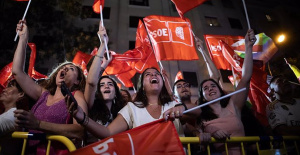 Socialist militants promote a large demonstration in support of Sánchez on Saturday in Ferraz
Socialist militants promote a large demonstration in support of Sánchez on Saturday in Ferraz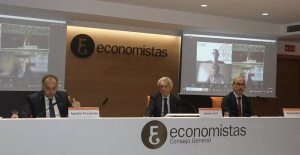 Families with average income allocate a third of their income to paying taxes, according to economists
Families with average income allocate a third of their income to paying taxes, according to economists How Blockchain in being used to shape the future
How Blockchain in being used to shape the future Not just BTC and ETH: Here Are Some More Interesting Coins Worth Focusing on
Not just BTC and ETH: Here Are Some More Interesting Coins Worth Focusing on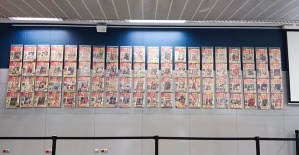 Retrópolis brings the golden age of video games and computing to the UPV
Retrópolis brings the golden age of video games and computing to the UPV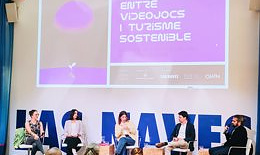 Looking for video games that value the neighborhoods of Valencia
Looking for video games that value the neighborhoods of Valencia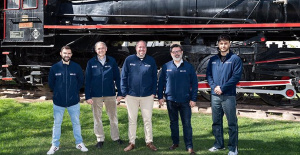 UPV researchers improve the efficiency of air conditioning systems using a geothermal heat pump
UPV researchers improve the efficiency of air conditioning systems using a geothermal heat pump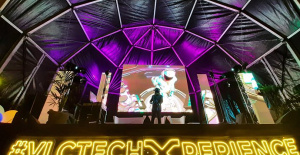 València is committed to citiverse and smart tourism to be "the reference technological hub of the Mediterranean"
València is committed to citiverse and smart tourism to be "the reference technological hub of the Mediterranean" A million people demonstrate in France against Macron's pension reform
A million people demonstrate in France against Macron's pension reform Russia launches several missiles against "critical infrastructure" in the city of Zaporizhia
Russia launches several missiles against "critical infrastructure" in the city of Zaporizhia A "procession" remembers the dead of the Calabria shipwreck as bodies continue to wash up on the shore
A "procession" remembers the dead of the Calabria shipwreck as bodies continue to wash up on the shore Prison sentences handed down for three prominent Hong Kong pro-democracy activists
Prison sentences handed down for three prominent Hong Kong pro-democracy activists ETH continues to leave trading platforms, Ethereum balance on exchanges lowest in 3 years
ETH continues to leave trading platforms, Ethereum balance on exchanges lowest in 3 years Investors invest $450 million in Consensys, Ethereum incubator now valued at $7 billion
Investors invest $450 million in Consensys, Ethereum incubator now valued at $7 billion Alchemy Integrates Ethereum L2 Product Starknet to Enhance Web3 Scalability at a Price 100x Lower Than L1 Fees
Alchemy Integrates Ethereum L2 Product Starknet to Enhance Web3 Scalability at a Price 100x Lower Than L1 Fees Mining Report: Bitcoin's Electricity Consumption Declines by 25% in Q1 2022
Mining Report: Bitcoin's Electricity Consumption Declines by 25% in Q1 2022 Oil-to-Bitcoin Mining Firm Crusoe Energy Systems Raised $505 Million
Oil-to-Bitcoin Mining Firm Crusoe Energy Systems Raised $505 Million Microbt reveals the latest Bitcoin mining rigs -- Machines produce up to 126 TH/s with custom 5nm chip design
Microbt reveals the latest Bitcoin mining rigs -- Machines produce up to 126 TH/s with custom 5nm chip design Bitcoin's Mining Difficulty Hits a Lifetime High, With More Than 90% of BTC Supply Issued
Bitcoin's Mining Difficulty Hits a Lifetime High, With More Than 90% of BTC Supply Issued The Biggest Movers are Near, EOS, and RUNE during Friday's Selloff
The Biggest Movers are Near, EOS, and RUNE during Friday's Selloff Global Markets Spooked by a Hawkish Fed and Covid, Stocks and Crypto Gain After Musk Buys Twitter
Global Markets Spooked by a Hawkish Fed and Covid, Stocks and Crypto Gain After Musk Buys Twitter Bitso to offset carbon emissions from the Trading Platform's ERC20, ETH, and BTC Transactions
Bitso to offset carbon emissions from the Trading Platform's ERC20, ETH, and BTC Transactions Draftkings Announces 2022 College Hoops NFT Selection for March Madness
Draftkings Announces 2022 College Hoops NFT Selection for March Madness

